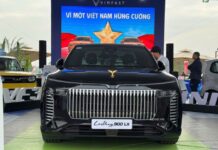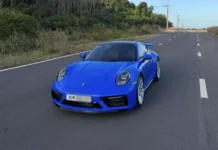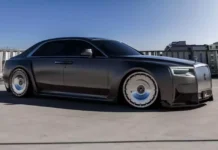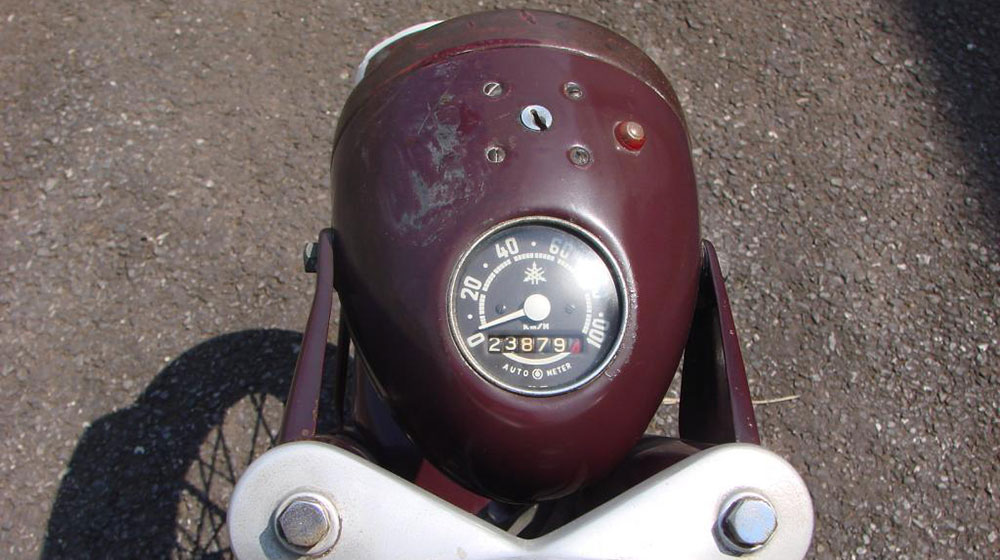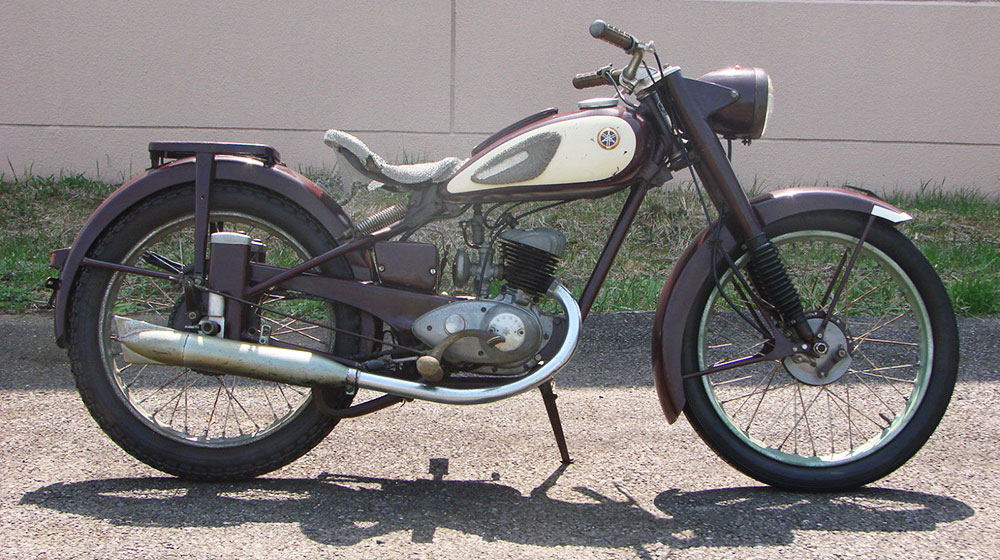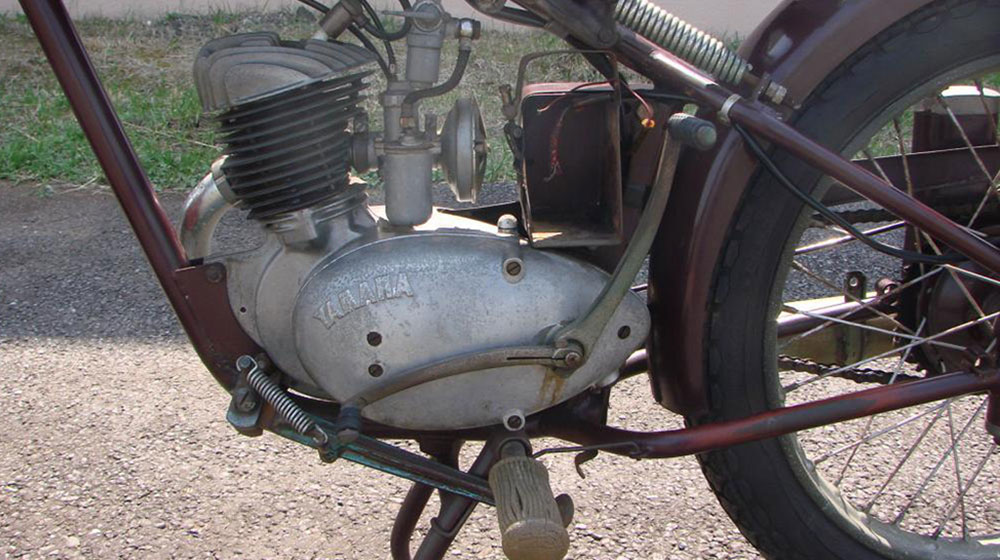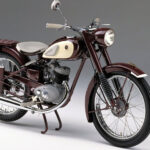A Historic Turning Point
When exploring Yamaha guitars, many people may wonder if there is any connection between these instruments and the iconic Yamaha motorcycles seen on the streets of Vietnam.
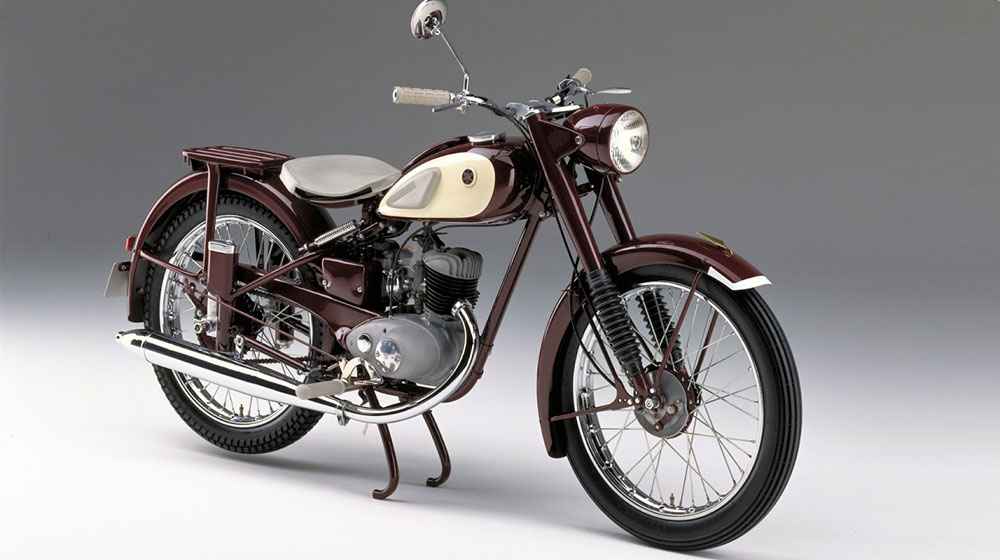
Upon closer investigation, it becomes clear that the esteemed Yamaha motorcycle company actually originated as a manufacturer of musical instruments. Torakusu Yamaha, the founder of Yamaha Corporation, launched his career by meticulously crafting musical instruments.
After six months of instrument repairs and gaining familiarity with pianos, Torakusu went on to develop his own highly regarded instrument that could rival imported ones. In 1888, he established the Nippon Gakki Company, specializing in the production of instruments.
Following Torakusu Yamaha’s passing in 1916, the company continued to manufacture pianos and various other musical instruments. However, the Kanto earthquake in 1923 and the devastation caused by World War II brought Yamaha to the edge of bankruptcy.
Responsible for resurrecting Yamaha was their third president, Kaichi Kawakami. He spearheaded significant reforms and ensured the company’s survival until it was passed down to his son, Genichi Kawakami.
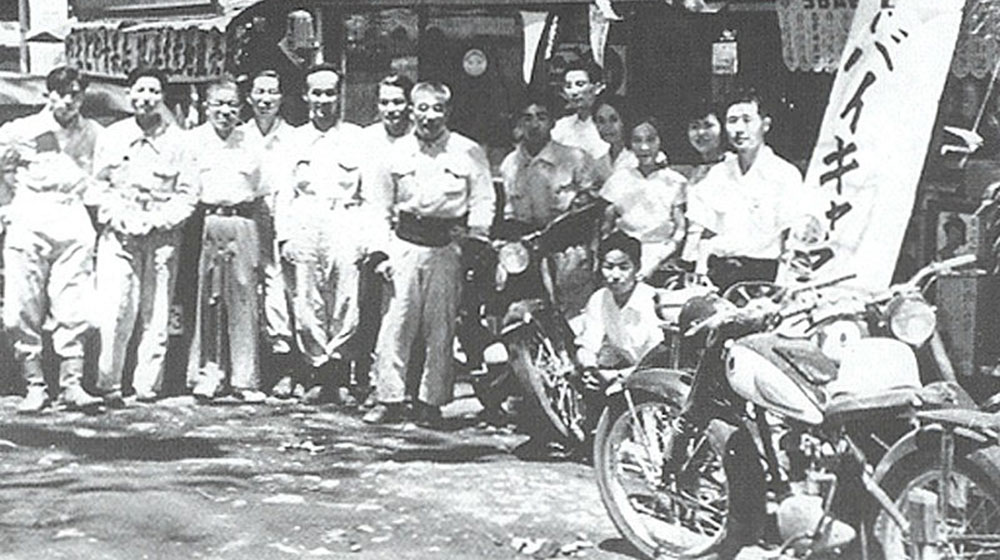
“I want us to attempt creating a motorcycle engine,” remarked Chairman Genichi Kawakami, setting the stage for Yamaha Motor’s inception. Assuming leadership at Nippon Gakki (now Yamaha Corporation) and becoming its fourth president at the age of 38, Genichi Kawakami faced a crucial decision: utilizing the existing machinery for sewing machine production or venturing into motorcycles.
With his extensive vision, Genichi Kawakami opted for motorcycles, even though the market was already saturated with over 150 motorcycle manufacturers of varying sizes. He understood that Yamaha was entering a fierce race, where differentiation and unique value would be the key to success.
Consequently, Genichi Kawakami made investments in sending engineers to Europe to learn from their expertise. He also spent more than three months conducting surveys in major markets like the USA and Europe. These practical experiences were consolidated and applied to Yamaha’s new business model by its leaders and engineers.
The Inaugural Yamaha Motorcycle
Yamaha’s first accomplishment came in the form of the YA-1 motorcycle, introduced in 1955. Boasting an appealing design, a sporty essence, and distinctive colors like hazel brown and ivory, coupled with high-quality paint technology hailing from piano manufacturing, the YA-1 stood out amidst the market’s robust but mundane motorcycles.
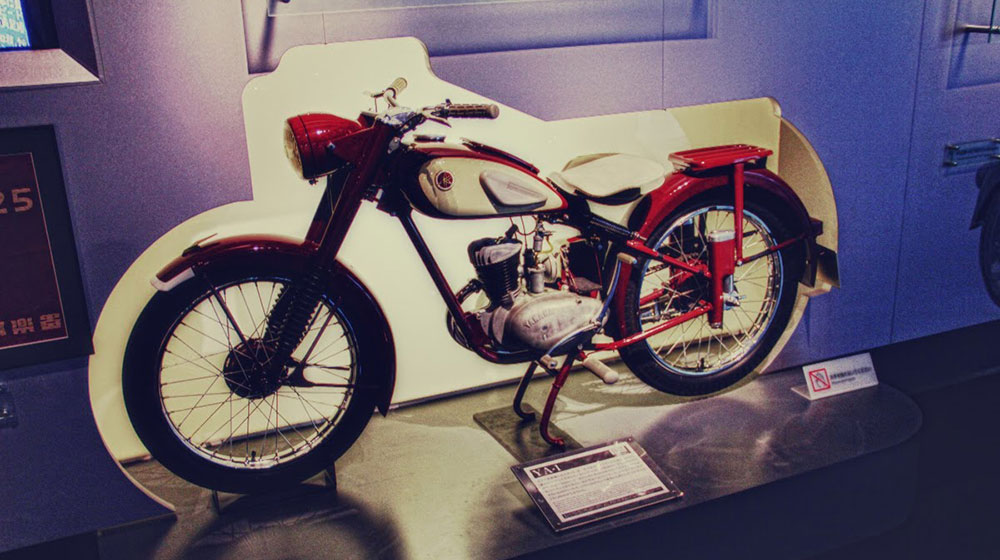
However, by the time the YA-1 debuted, the people of Japan were already acquainted with Yamaha through their musical instruments. The company had to face much criticism and prejudice: “Yamaha motorcycles will surely emit the notes do, re, mi while running.” In response, Genichi Kawakami discreetly organized a motorcycle race up Mount Fuji in 1955 to showcase the YA-1’s power. With a first-place finish and five other positions in the top ten within the 125cc category, Yamaha’s reputation spread across Japan.
The YA-1 was developed based on Germany’s DKW RT125 prototype, which was widely acclaimed for its aesthetics and advanced technology at the time. Genichi Kawakami instructed his team of engineers to study and faithfully replicate all the valuable characteristics of the RT125. He demanded that the final product possess the quality of the original while catering to the unique preferences of the Japanese market.
As a result, Yamaha created an engine similar to the RT125, but integrated a four-speed transmission instead of the original three-speed. The YA-1 utilized a 2-stroke, single-cylinder engine with a 125 cc displacement and air cooling.
Demonstrating a power output of 5.6 horsepower at 5,000 rpm and a maximum torque of 9.4 Nm at 3,300 rpm, the YA-1 possessed the capability to conquer any challenging terrain.
The YA-1 encapsulated all the elements of a successful motorcycle: a captivating design, a unique brown-red paint color, a smooth kick start, and swift acceleration. Consequently, the YA-1 was user-friendly and offered a stylish and sophisticated lifestyle.
Genichi Kawakami’s strategy transformed the previously anonymous YA-1 into a renowned motorcycle throughout Japan. Sales skyrocketed, with approximately 11,000 YA-1 motorcycles sold annually for three consecutive years, even considering its relatively high price and Japan’s post-World War II economic difficulties. Moreover, the YA-1’s appearance signified the birth of a mighty “motorcycle empire” named Yamaha.
- When did the first Yamaha Exciter arrive in Vietnam?
- When was the first motorcycle invented? (Part 1)
- When was the first motorcycle invented? (Part 2)
Khánh An (Trithucthoidai)



